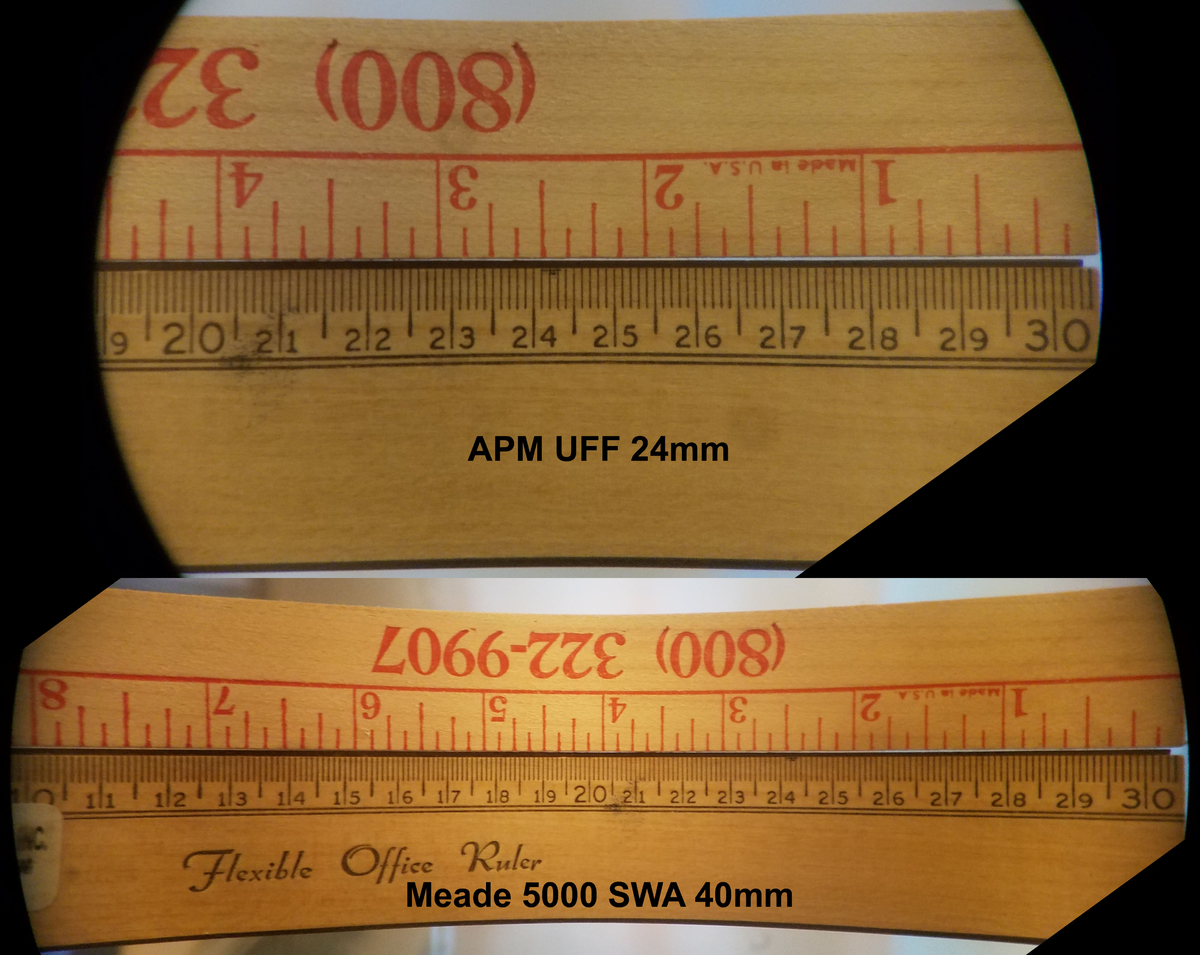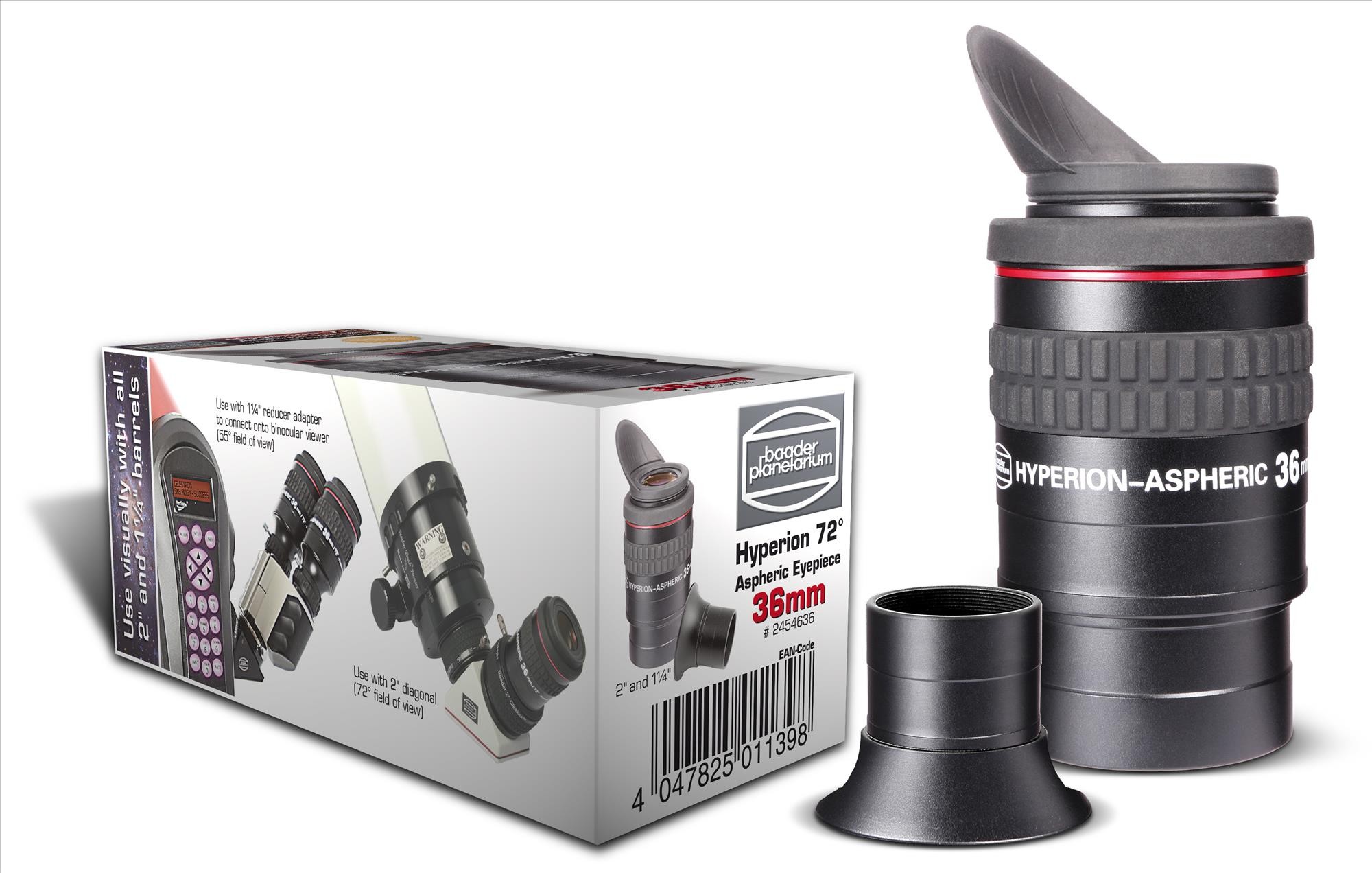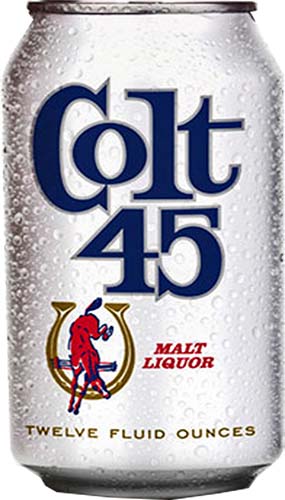
Louis D
-
Posts
9,366 -
Joined
-
Last visited
-
Days Won
1
Content Type
Profiles
Forums
Gallery
Events
Blogs
Posts posted by Louis D
-
-
8 hours ago, Kluson said:
I also have a 60mm refractor 360mm fl, F5.9, so the power mate would be used for that scope
Okay, that makes perfect sense. You didn't mention that up front. The Hyperions will be fine in the SCT, but a bit iffy at the edges in the refractor. The main reason to choose them is the long eye relief with 68 degree AFOV. The 24mm is the worst of the bunch because it's purely a positive-only design along the lines of an Erfle. Here's a Vixen LVW vs Baader Hyperion comparison written up a decade ago when the LVWs were still available new. You can substitute Pentax XW, Delite, Delos, or Morpheus for the Vixen because all are similarly well corrected for the most part. FWIW, 20+ years ago I chose the Pentax XLs over the Vixen LVWs, so if you come across either XLs or LVWs used, both are excellent options. I would avoid used Radians because they suffer from SAEP (kidney beaning). They're super sharp and contrasty otherwise.
If you don't need long eye relief, there are the Nirvana-ES/Astro-Tech UWA series with 82 degree AFOV and 12mm eye relief. They are pretty well corrected for the price. If that price is a bit high, there are the Starguider BSTs. There are also the StellaLyra 68º LER / WA, but it's not clear that they're an improvement in correction over the Hyperions.
-
 1
1
-
-
Make doubly sure your collimation is spot-on at f/4.7 when using very short focal length eyepieces. Short f-ratio scopes are unforgiving using them.
-
Your scope is an f/10 with a 1500mm focal length. It's already exit pupil challenged. Why would you want to pile on that with a 2.5x PM? You'd effectively have an f/25 at 3750mm focal length scope.
-
Not gonna lie, I'm totally digging that green lettering.
-
 1
1
-
-
Another option might be to unscrew the 1.25" eyepiece holder from the diagonal entirely and hold the 2" eyepiece over the open hole to minimize vignetting and in-focus requirements.
Ideally you would want to use a 2" diagonal with a 1.25" nosepiece adapted to the front end (SCT (GSO) or 48mm (WO/Synta) to T-thread (42mm x 0.75) step down ring and T-mounted 1.25" nosepiece needed). That would push the constriction pretty far forward of the eyepiece field stop to substitute soft vignetting for hard vignetting.
That's sort of what I've got going with my 127 Mak with a 2" visual back attached to a 27mm diameter rear baffle. It's a very gradual vignetting that is hardly noticeable visually. See the lower image when using an eyepiece with a 46mm field stop in a 127 Mak:
-
 1
1
-
-
Didn't your 36mm Hyperion Aspheric come with a 1.25" screw-on adapter to allow you to experiment? It's that small piece shown between the box and the eyepiece in the image below:

The only way I've found to avoid hard vignetting and in-focus issues with 2" eyepieces in a 1.25" focuser is to hold the eyepiece's 2" barrel over and around the 1.25" insertion barrel being careful not to scratch the 2" barrel's internal blackening or the field lens. My 27mm Panoptic works really well in this mode. Wider field stop eyepieces like the 36mm BHA, probably not so much. You'll need to completely remove the tightening screw from the 1.25" eyepiece holder to make this work at all.
-
Of course a 25mm eyepiece is going to show a more pleasing image in an f/10 scope than a much shorter focal length eyepiece. The exit pupil (25/10 = 2.5mm) is much larger leading to a bright, sharp image. In fact, 2mm to 2.5mm is just about the optimal exit pupil for any scope/eyepiece combo.
As @Alan64 says above, 8mm is about the shortest usable focal length in an f/10 scope because the exit pupil is 8/10=0.8mm and because the power is getting so high (2032/8=254x).
To compare apples to apples, obtain 9mm and 5mm Plossl eyepieces such as Celestron Omni Plossls. They come in 9mm and 6mm focal lengths. Compare these Plossls to the Celestron X-Cel LX eyepieces and report back on which set gives the better images. At f/10, I would predict that they're going to be similar in image quality, but the Celestron X-Cel LXs will have much longer eye relief and a wider field of view making for a more relaxing and pleasing viewing experience.
-
The extra aperture also allows for more resolution. Large globular clusters like M13 will start to resolve in the 6". Not as well as in even larger scopes, but at least there are hints of it happening around the edges.
-
 1
1
-
-
Someone over on CN in this thread noticed that a seller on AliExpress seems to have the entire line of Meade HD-60s available for a very good price for each focal length.
-
So solving for the BHB's nominal separation distance from the FL (59.4mm) provided by @PeterC65 above:
2.25 = 1+d/59.4
solving for d yields
d=74.25mm
That's almost 3 inches, which seems a bit long for the nominal separation distance yielding 2.25x from the connectivity pictures I've seen online.
How long does the nominal 2.25x working distance seem with the BHB? What series of adapters yields this magnification?
-
3 hours ago, F15Rules said:
Perhaps Louis (who is very good with calculations like this👍) could chip in with his thoughts on the likely effect on the magnification with both permutations?
@vlaiv is the mathematical wizard on here. He's posted on other threads how to calculate the magnification factor of Barlows as a function of separation distance. However, it usually requires knowledge of the Barlow's focal length which is never published.
-
The BST Starguiders will show a reduced FOV with eyeglasses in the 3.2mm to 18mm focal lengths, so not exactly unusable with eyeglasses.
The original Vixen LV line did provide a full 18mm to 20mm of usable eye relief with the eye cup folded down. However, they only showed 50° above 9mm and 45° from 7mm on down. Used, these can be picked up for about $75 each in the US market, but I have no idea about the Euro/UK market. They have premium levels of lens polish, correction, and multi-coatings.
The Vixen NLV and then SLV lines replaced them, but substituted a twist-up plastic eye cup that robs several millimeters of eye relief even when fully down.
There were various LER eyepieces from Long Perng with 55° FOV that were sold under various brandings. Each reportedly was usable with eyeglasses and had decent correction. The Starguiders more or less drove them out of the market about a decade ago. You still might find them used. Don't overpay for them. They are optically comparable to the Starguiders.
On a budget, you could try the various Planetary eyepieces that started out as TMB Planetary II eyepieces. They are of variable quality because it seems multiple factories are making them. They also have about 12mm of usable eye relief and 58 degree FOVs similar to the BST Starguiders, but have many more focal lengths available below 10mm where Plossl eye relief gets really short.
The Celestron XCel-LX are supposed to be optically similar to the Meade HD-60 (discontinued) and are still available new. I don't know how much usable eye relief their eye cup design yields, however.
There's also the Omegon Redline and siblings under other brandings. The 22mm is excellent (2 inch only), the 17mm is decent, and the rest are meh. The eye cup does not fold down, so it has to be completely unscrewed and removed for use with eyeglasses. Being M43 threaded, the Morpheus eye cup can be threaded onto it instead and be folded down.
FLO has their StellaLyra 68° and 80° lines. The 14mm and 20mm 80° are widely regarded as excellent (2 inch only). However, the eye cup has to be completely screwed off to use them with eyeglasses. Not much has been reported on the rest of the members of these lines.
The Pentax XL line was excellent and is available used in the US for under $200 each. They had 18mm to 20mm of usable eye relief with a 65° FOV that was very well corrected. Again, premium polish and coatings.
The Vixen LVW line also had a 65° AFOV, but a bit tighter eye relief in my experience, so I went with the Pentax XLs back in the day. Again, available used for under $200 each in the US with premium levels of polish, correction, and coatings.
Beyond that, if you have the budget (as much as a beginner telescope or more per eyepiece), the Pentax XW, Baader Morpheus, and Tele Vue Delos and Delite lines are excellent choices. Nikon's NAV-SW are also good, but have not been adopted very widely by amateur astronomers. The TV Nagler Type 4 eyepieces (only 12mm is 1.25") are just usable with eyeglasses. The APM Hi-FW is excellent with eyeglasses as are the Explore Scientific 92° line (2 inch only).
-
 4
4
-
 1
1
-
-
22 hours ago, markse68 said:
if i take a break from observing i have to endure a period where the ep is fogged as it has cooled and the humidity is so high at the moment.
What about simply covering the eyepiece with a cloth sleeve or similar to reduce radiative cooling when you step away? You're saying it never dews up while you're at the eyepiece, correct? That seems to indicate radiative cooling to the night sky as the culprit. You could even keep the anti-dewing sleeve warmed with glove warmers when not in use.
-
 1
1
-
-
2 hours ago, rwilkey said:
For the price, in my opinion the 16mm eye relief you get on BST Starguiders is around the best you could expect to get, though others views may vary.
From my measurements, only the 25mm BST has enough eye relief to use with eyeglasses. The rest have about 12mm of usable eye relief due to 3mm to 4mm of eye lens recession below the eye cup. Simply pulling off the eye cup doesn't help much because there's a rigid plastic barrel it rides on that is difficult to remove.

-
 2
2
-
-
On 17/11/2022 at 11:17, DaveL59 said:
some IBM thing up in Scotland that we remotely accessed
I was on one of the last IBM mainframe CPU design teams in Poughkeepsie, NY, that worked in ECL logic in the late 80s/early 90s. That was some fun stuff to design in compared to CMOS. 15-way OR dotting combined with 8-way AND blocks allowed for very shallow but very wide decoder/selector circuits. Also, emitter-follower drive capabilities allowed for enormous fanout, negating the need for buffers. Switching to CMOS was a shock as it required relearning gate-level circuit design. You couldn't get nearly as much logic done in a single clock cycle, so you had to increase your logic's pipeline depth quite a bit leading to increased latency. You also had to add a lot of buffering due to terrible on-chip CMOS gate drive capabilities, further increasing pipeline depth. It took about a decade for IBM flagship CMOS mainframes to surpass their bipolar counterparts in sheer performance. Of course, they also shrank from ~12 enclosures to 1, with a commensurate drop in power consumption and cooling needs.
-
 3
3
-
-
On 18/11/2022 at 11:14, DaveL59 said:
hehe yeah, I think a lot of the problem is no WDR, or at least it can't handle the very bright close surface so it's washing out. Lower shutter/exposure but enough to grab Terra in the background wouldn't be long enough to show any stars etc. Getting stars of course, longer exposure, total burn out of the ship in the image and likely flare across a big chunk of the pic too.
Smartphone cameras have built in HDR modes. You'd think they'd have it in "space" cameras by now. It's not rocket science (it's imaging science) to quickly take multiple images at multiple exposure levels and then use a bit of processing software to quickly combine them into an HDR image.
-
 1
1
-
-
To allow for more downward/backward adjustment range, the rocker box side height might have to be increased to allow the tube to clear at the bottom. They may have deemed the range enough for most users.
-
I asked John, sales manager at Svbony, how to pronounce it when he contacted me for new product ideas, and he replied: "Regarding the pronunciation of "svbony": "s-v-bony". He also said "SVBONY is my brand".
John
Sales manager of Svbony
Whatsapp: +8618703659202
ebay@svbony.com
-
 2
2
-
-
-
On 18/11/2022 at 04:14, bosun21 said:
Secondly the Heritage has a poor plastic helical focuser
And here I thought it was made of metal all these years. I have a 2" to 1.25" adapter with a helical focuser. The outer part is aluminum while the inner part is brass so it moves very smoothly. It was built by a machine shop somewhere in Canada, I believe.
It works well, but I wish the threads were a bit more aggressive to make it more obvious when best focus has been achieved. A full revolution moves the eyepiece about a millimeter or two, so very fine control, almost too fine. Being kind of heavy, it works a bit like Televue's Brass Equalizer 1.25" adapter, only with built in focusing.
-
I like the fact it is located near Bro, Sweden. I'm picturing the inhabitants look like this:

-
 1
1
-
-
Try adding more diffraction effects with an apodizing mask. This was Jupiter last weekend through my 6" f/5 Newtonian:

Actual home made apodizing mask:

Jupiter is overexposed to bring out the rainbow diffraction effects more clearly.
I've found it might improve contrast just a tiny bit. It doesn't seem to reduce sharpness. However, I rarely use it. The psychedelic effect is just too distracting.
-
 1
1
-
-
4 hours ago, Coco said:
All the eggs in one basket kept under your bed with a 45.
Some malt liquor for the next observing session?
 😉
😉

-
 1
1
-
-
The Orion Nebula is also bright enough to benefit from photopic vision. I've seen a greenish hue to it after staring at brightly lit white paper and then quickly looking in the eyepiece. It doesn't always work, but when it does, it's quite rewarding.
-
 1
1
-















Magnification effect on brightness of object Vs background of sky
in Discussions - Eyepieces
Posted · Edited by Louis D
Another thing to consider with DSOs is if they are made up of individual stars. Compact open clusters are merely low contrast smudges at lower powers, but once you reach the power point where individual star resolve, contrast suddenly jumps way up. The same thing happens with globular clusters, but at much higher powers and larger apertures. Technically, if you had enough aperture and steady enough skies, even nearby galaxies' stars would start to resolve at super high powers providing high contrast. This is sort of what happens with space telescopes imaging galaxies.